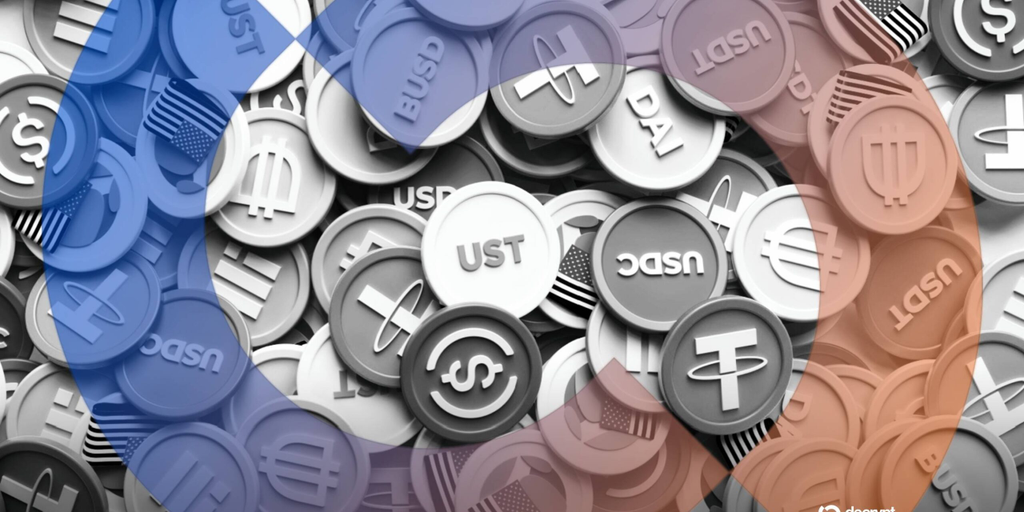Asia’s financial sector is witnessing an unprecedented surge in stablecoin development as major institutions position themselves within rapidly evolving regulatory frameworks. Japanese banking consortiums are preparing to launch a landmark ¥1 trillion digital currency initiative, representing one of the region’s most substantial institutional commitments to date. This massive undertaking signals Japan’s strategic push to establish itself as a leader in the digital assets space while maintaining strict compliance standards.
Meanwhile, Singapore continues to refine its regulatory approach, implementing sophisticated frameworks that balance innovation with consumer protection. The city-state’s measured progression toward comprehensive stablecoin guidelines demonstrates its commitment to becoming Asia’s digital assets hub while ensuring market stability.
In contrast, China maintains its distinctive trajectory with increasingly stringent oversight mechanisms, reinforcing state control over digital currency operations. This three-pronged development pattern highlights Asia’s fragmented yet dynamic approach to stablecoin integration, with each jurisdiction crafting policies aligned with domestic financial priorities and risk tolerance levels.
Financial analysts observe that these divergent strategies reflect broader geopolitical considerations and domestic economic objectives. The competition extends beyond technological implementation to encompass regulatory philosophy and market influence, positioning Asia as a critical battleground for stablecoin supremacy. Market participants continue monitoring these developments closely, recognizing their potential to shape global digital finance standards for years to come.


